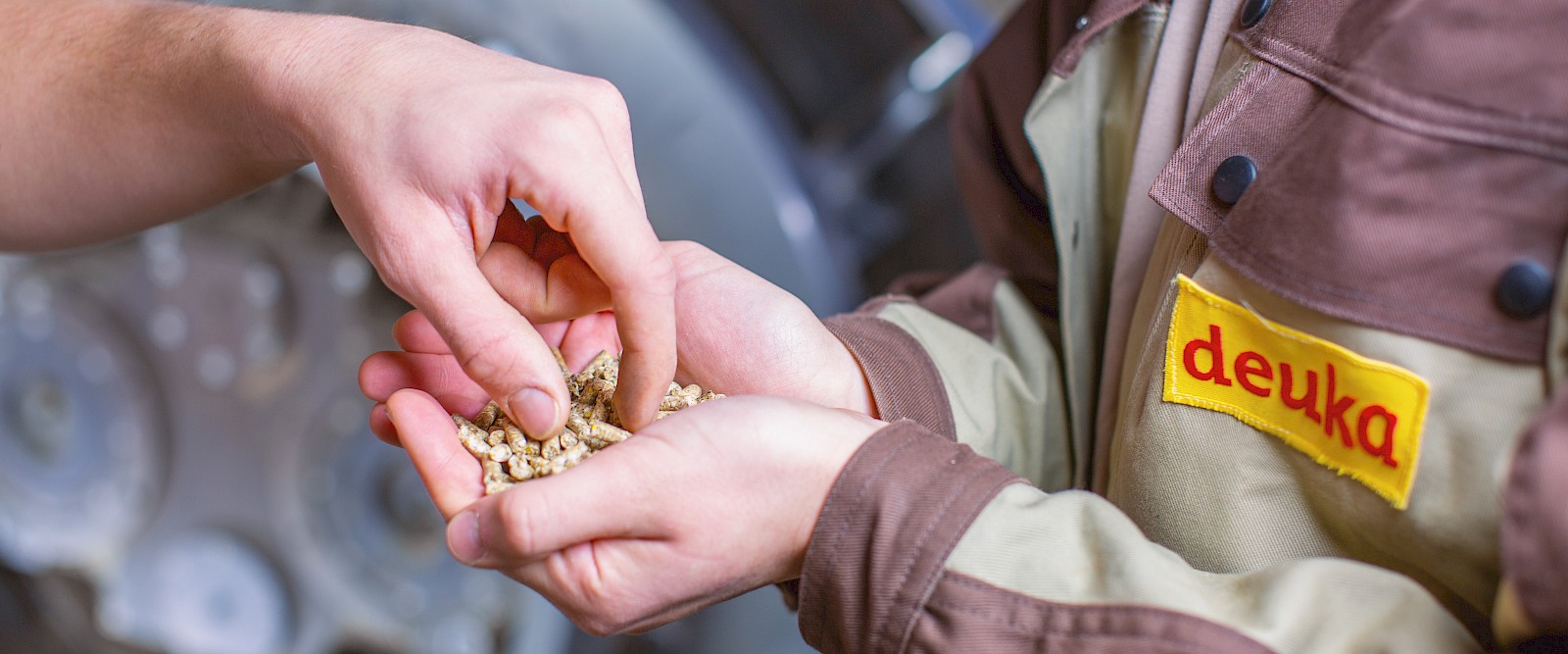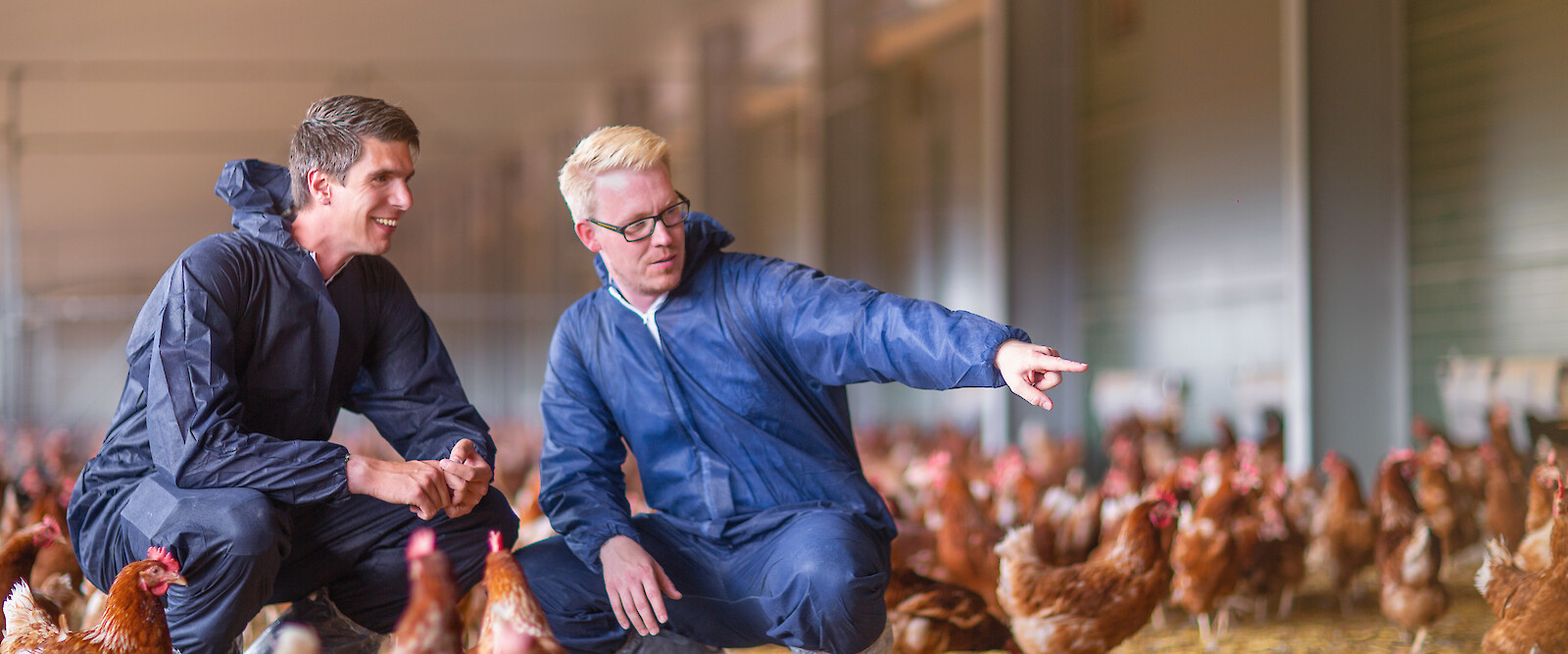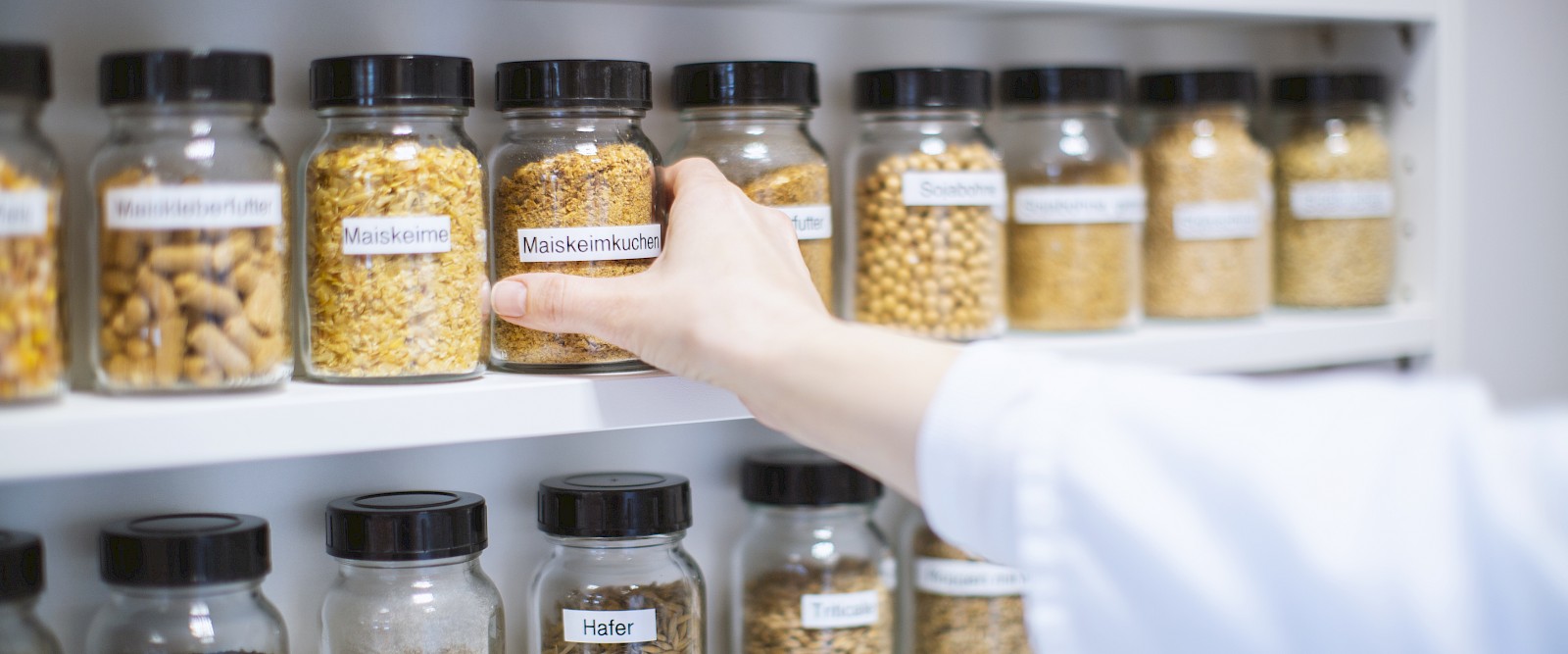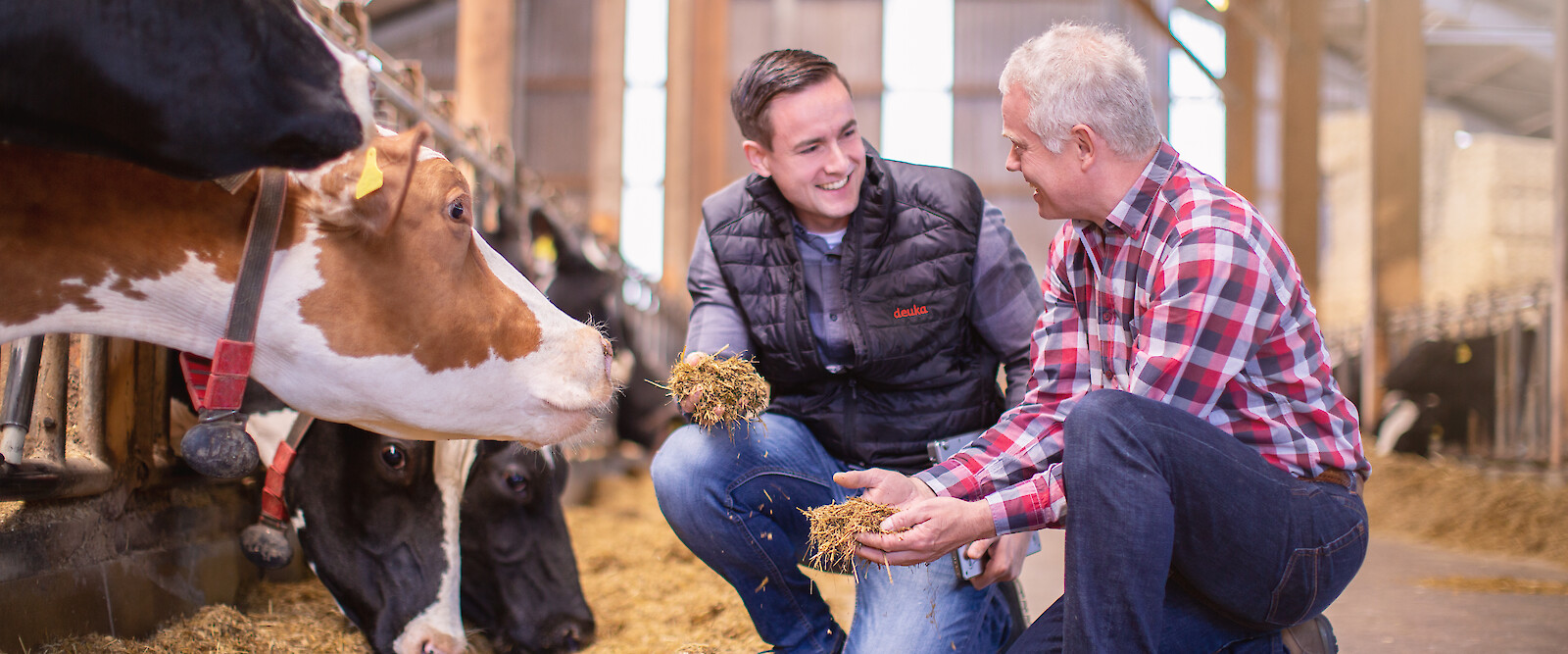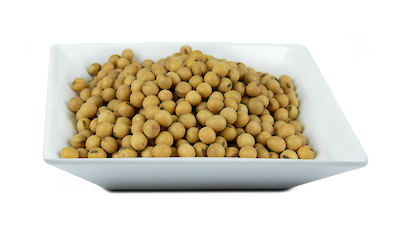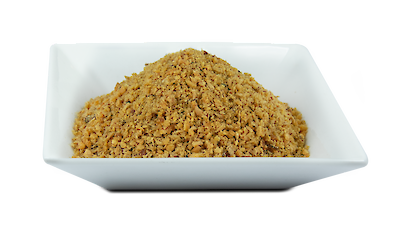Raw material and nutrient lexicon
Weitere Einträge
- Selenium
- Straight feed
- Skimmed milk powder
- Sodium
- Sodium chloride
- Complete feed
- Soy hulls
- Soy protein concentrate
- Soya extraction meal
- Soya oil
- Soybean
- Strength
- Structural value
- Sucrose
- Sugar
- Sugar beet molasses
- Sunflower extraction meal
- Supplementary feed
Soybean
Annual East Asian papilionaceous plant that has been bred into one of the most important cultivated plants, Glycine soja. It is a shrubby, heavily hairy, pale purple flowering plant up to one metre high with numerous varieties and requires a warm, humid climate. The main areas of cultivation are in East Asia, North America, South America, Africa and southern Russia. In addition to small amounts of starch, the soybean contains valuable protein (38-40%), which contains all essential amino acids, and considerable amounts of a high-quality oil (17-18%). Vitamins A and B (complex) are also present. Products obtained from the soybean are used in many ways for human nutrition, partly for the production of meat and milk substitutes. Of greatest importance is soybean oil, which is used both for human nutrition and technically for the production of soaps, varnish, lacquer, lubricating oil, and others. The by-products of soybean oil production are high-quality animal feed. The most important by-product is soybean extraction meal - or soybean meal for short. Raw soybeans contain so-called trypsin inhibitors, which hinder the digestibility of the protein in animals. For this reason, soybeans are always subjected to heat treatment (toasting) before they are used in feeding. This breaks down these substances and the protein of the soybean then has a very high digestibility (e.g. over 84 % for pigs). The crude protein content (approx. 36 %), the content of essential amino acids(lysine, methionine, threonine and tryptophan) and the fat content (approx. 17 %) are decisive for animal nutrition. The high fat content also makes the treated soybean an important energy component, e.g. in feed for pigs and fattening poultry.
Soybean |
|
Ingredients |
Content
|
|
Dry matter, g/kg |
870,00 |
|
Crude protein, g/kg |
350,00 |
|
Lysine, g/kg |
21,70 |
|
Methionine, g/kg |
4,70 |
|
Methionine |
10,10 |
|
Threonine, g/kg |
14,00 |
|
Tryptophan, g/kg |
4,90 |
|
UDP, % |
35,00 |
|
nXP, g/kg |
257,90 |
|
RNB, g/kg |
14,75 |
|
Crude fibre, g/kg |
53,00 |
|
Crude fat, g/kg |
177,00 |
|
Sugar, g/kg |
68,00 |
|
Starch, g/kg |
48,00 |
|
Starch content |
10,00 |
|
resistant starch |
4,80 |
|
NDForg, g/kg |
|
|
ADForg, g/kg |
|
|
NFC, g/kg |
|
|
Structural value |
0,25 |
|
Crude ash, g/kg |
46,10 |
|
ME, MJ/kg |
15,30 |
|
ME, MJ/kg |
13,60 |
|
ME, MJ/kg |
13,80 |
|
NEL, MJ/kg |
8,60 |
|
Calcium, g/kg |
2,50 |
|
Phosphorus, g/kg |
5,60 |
|
digestible |
1,96 |
|
Sodium, g/kg |
0,40 |
Sources: DLG feed value tables for pigs; DLG feed value tables for ruminants; Rechenmeister 2000 (Chamber of Agriculture Westphalia-Lippe); CVB Veevoedertabel; DLG Information 2/2001 Structure and carbohydrate supply of the dairy cow
